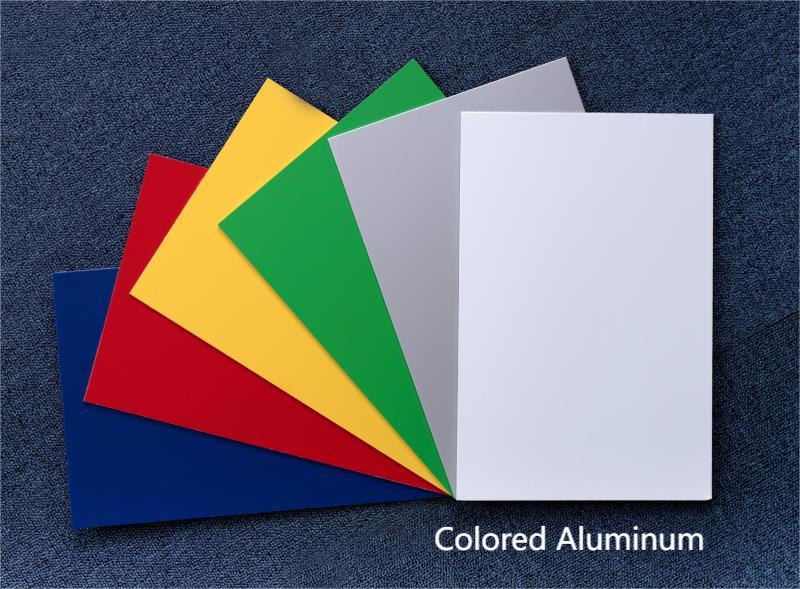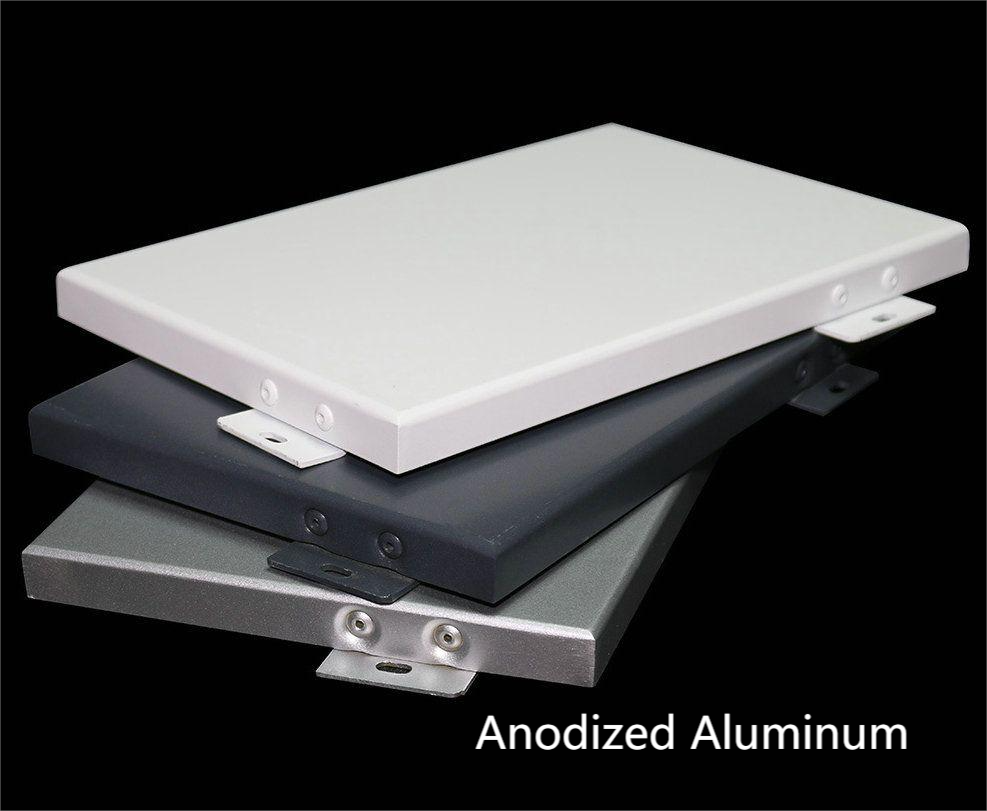Introduction
Ordinary color-coated aluminum and anodized aluminum are two common surface treatment methods for aluminum sheets, exhibiting notable differences in appearance, properties, and manufacturing processes. This article delves into the distinctions between these two aluminum sheet treatments to provide readers with a comprehensive understanding of their characteristics and applications.
Appearance
Ordinary color-coated aluminum typically features a layer of colored coating applied to the surface through painting or coating. These coatings can come in various colors and finishes, such as matte or glossy, commonly used in architectural decoration and signage. On the other hand, anodized aluminum achieves its appearance through the formation of an oxide layer on the surface, usually presenting in silver or black with a distinct metallic texture, often utilized in industrial products and electronics.

Corrosion Resistance
The corrosion resistance of ordinary color-coated aluminum depends on the quality and thickness of the applied coating. Although the coating provides some corrosion protection, it is generally lower than that of anodized aluminum. In contrast, the oxide layer on anodized aluminum exhibits excellent corrosion resistance, offering resistance against chemical corrosion and surface abrasion.
Hardness
The hardness of ordinary color-coated aluminum primarily relies on the type and thickness of the applied coating, typically lower than that of anodized aluminum. This results in color-coated aluminum being slightly less wear-resistant compared to anodized aluminum. Conversely, the oxide layer on anodized aluminum possesses higher hardness, providing superior wear resistance.
Manufacturing Processes
The manufacturing process of ordinary color-coated aluminum involves surface treatment, coating, drying, and other procedures, often requiring the use of coating equipment. In contrast, anodized aluminum is produced through an electrochemical oxidation process to form the oxide layer on the aluminum sheet’s surface. This process does not require coating procedures but necessitates special electrolytic equipment and processes.

Conclusion
Ordinary color-coated aluminum and anodized aluminum exhibit significant differences in appearance, corrosion resistance, hardness, and manufacturing processes. Understanding their characteristics and applications is crucial for selecting the most suitable material according to specific requirements. Both treatment methods offer distinct advantages, highlighting the importance of selecting the appropriate material based on individual needs.


